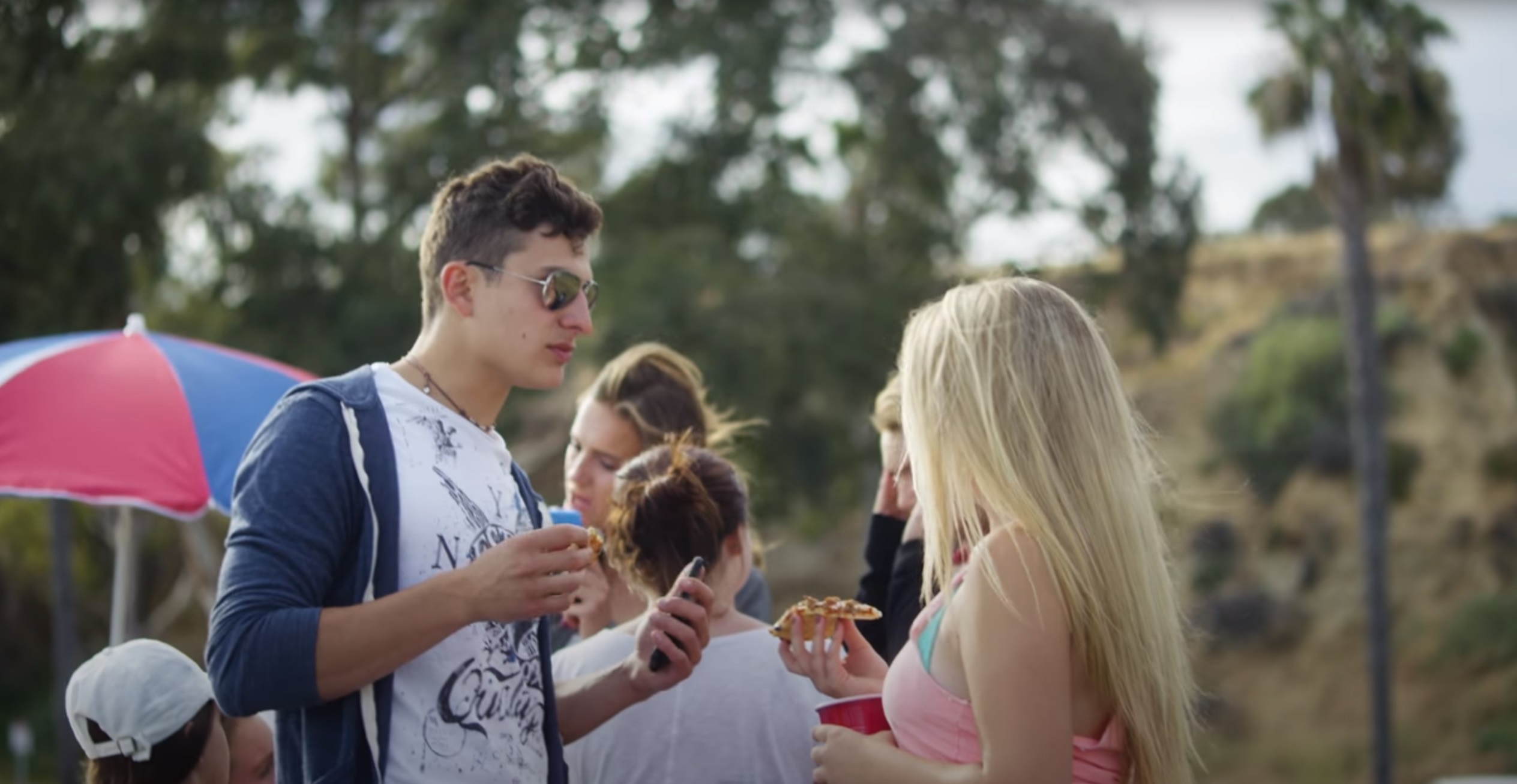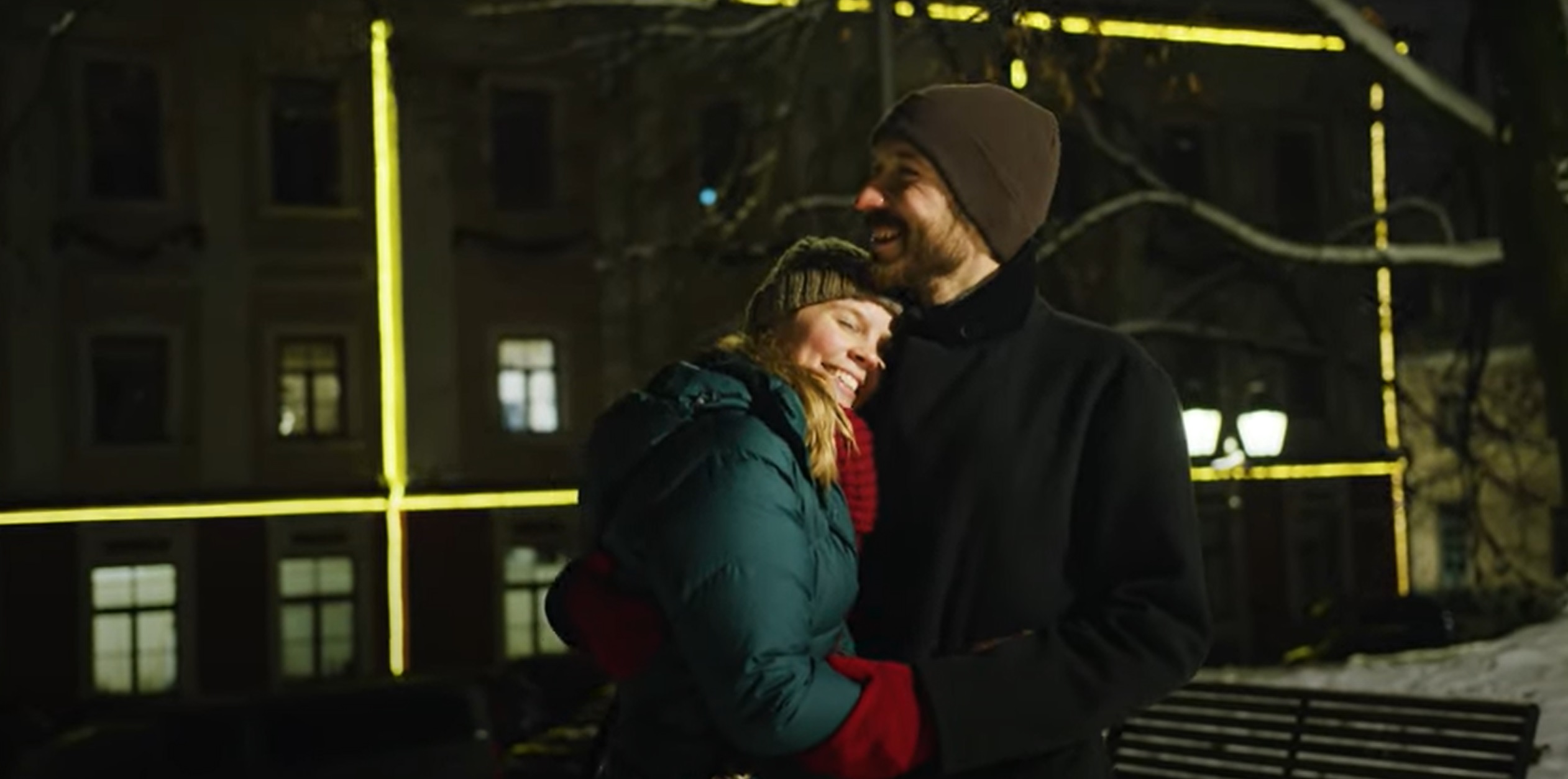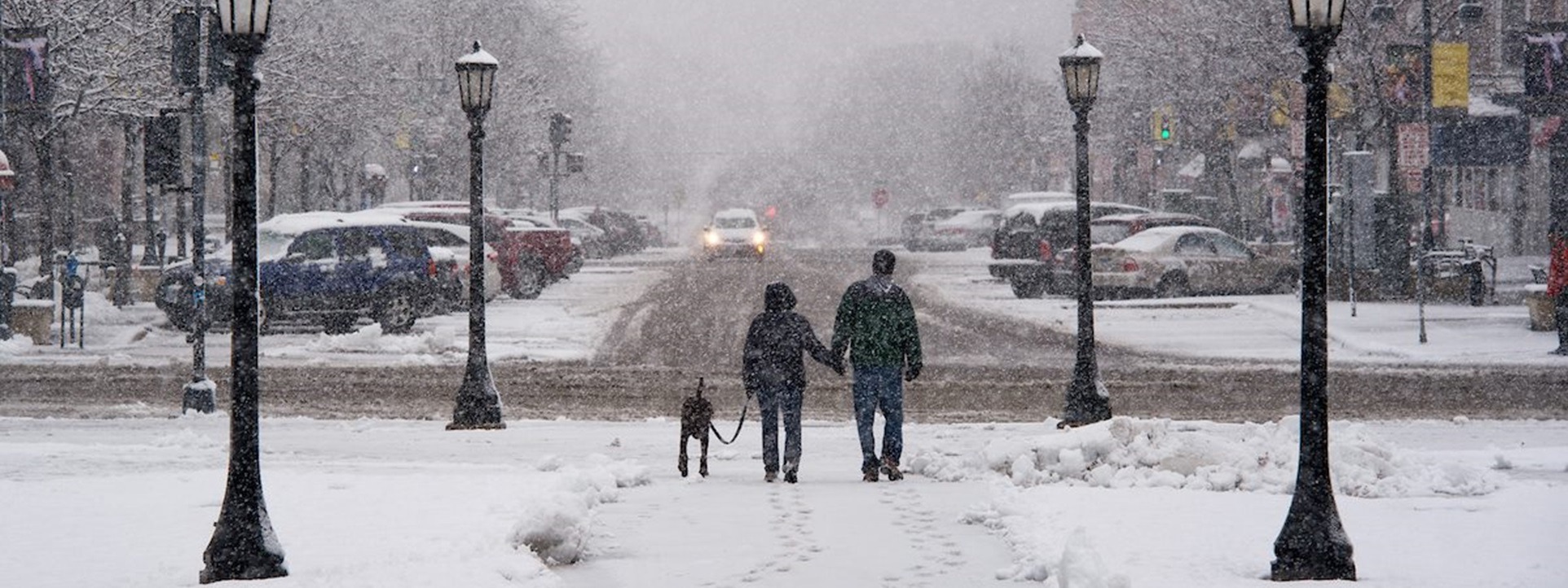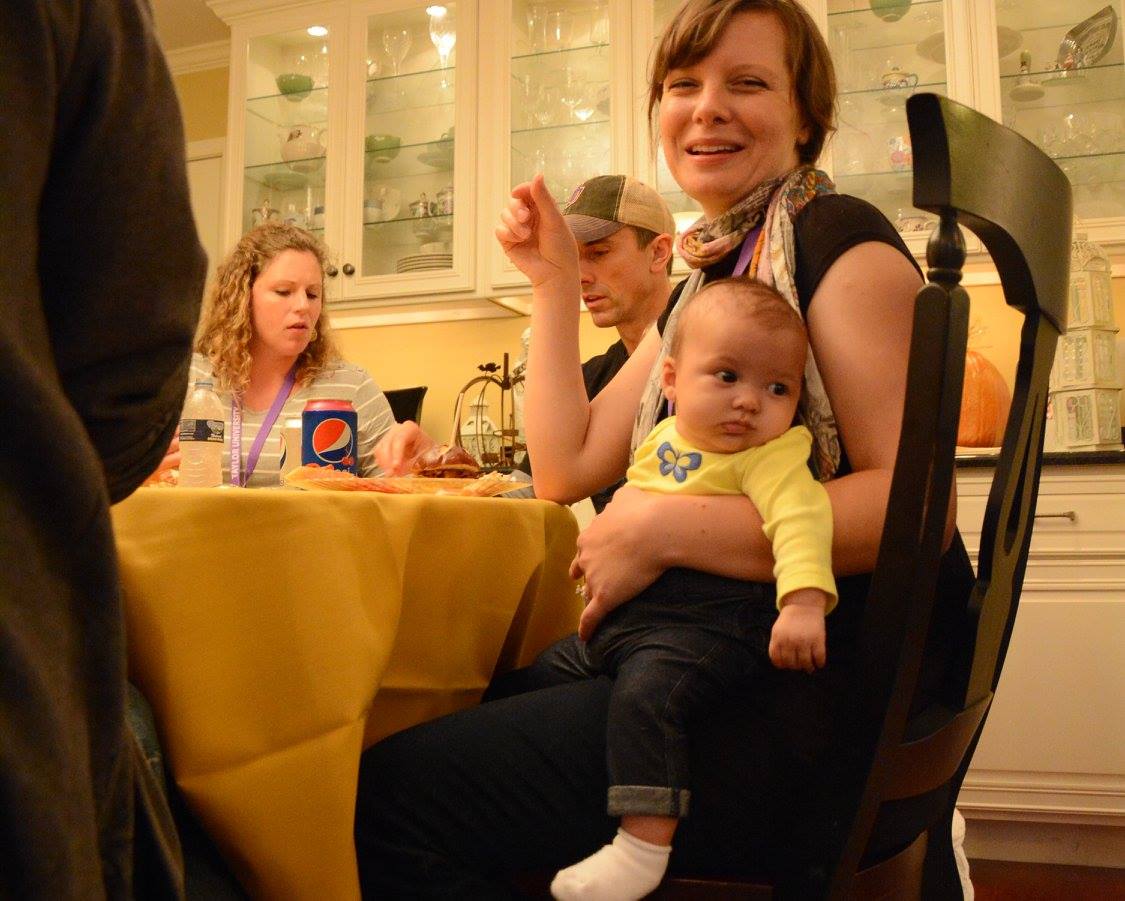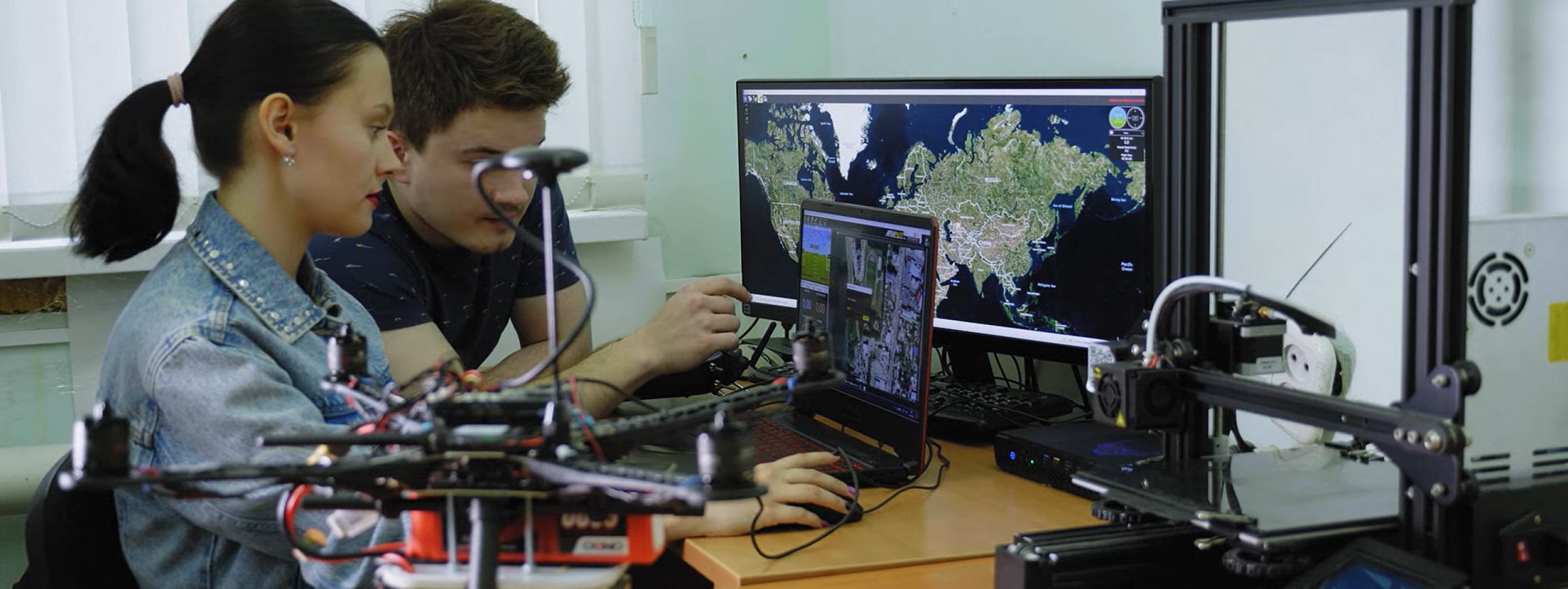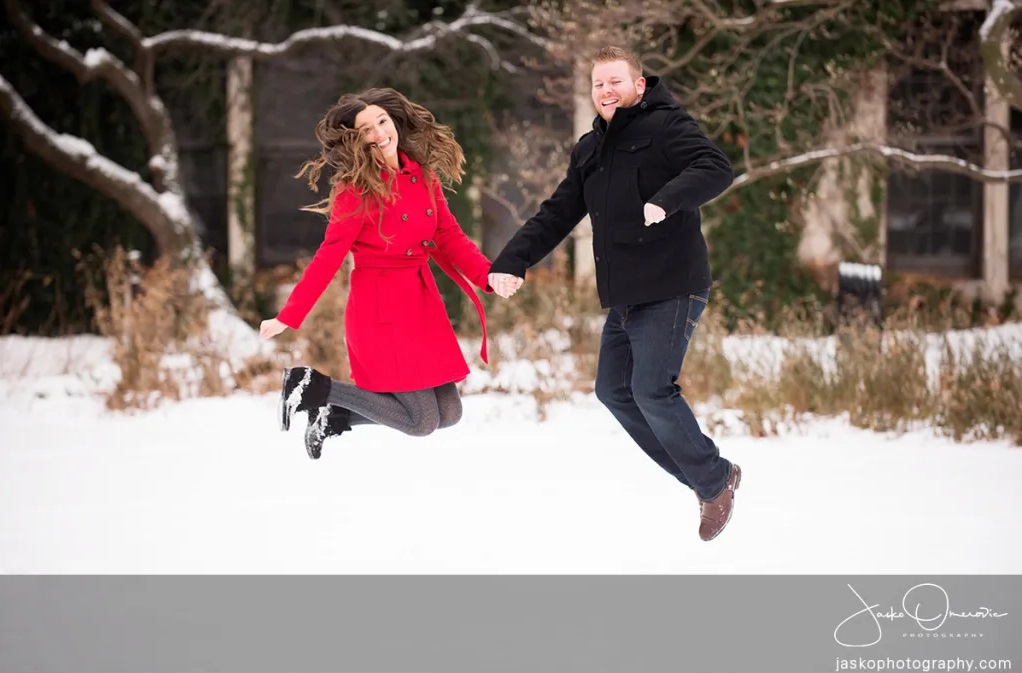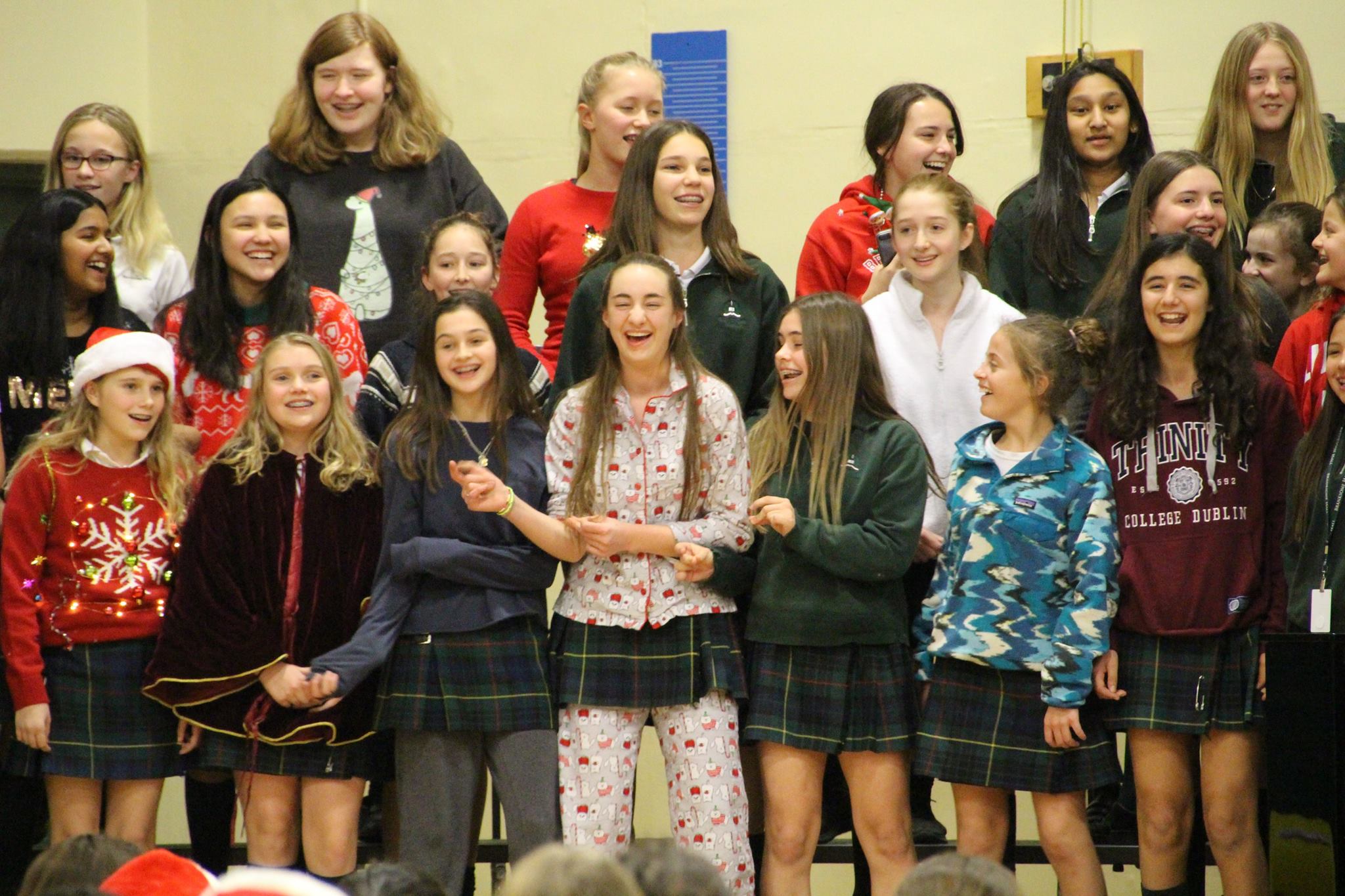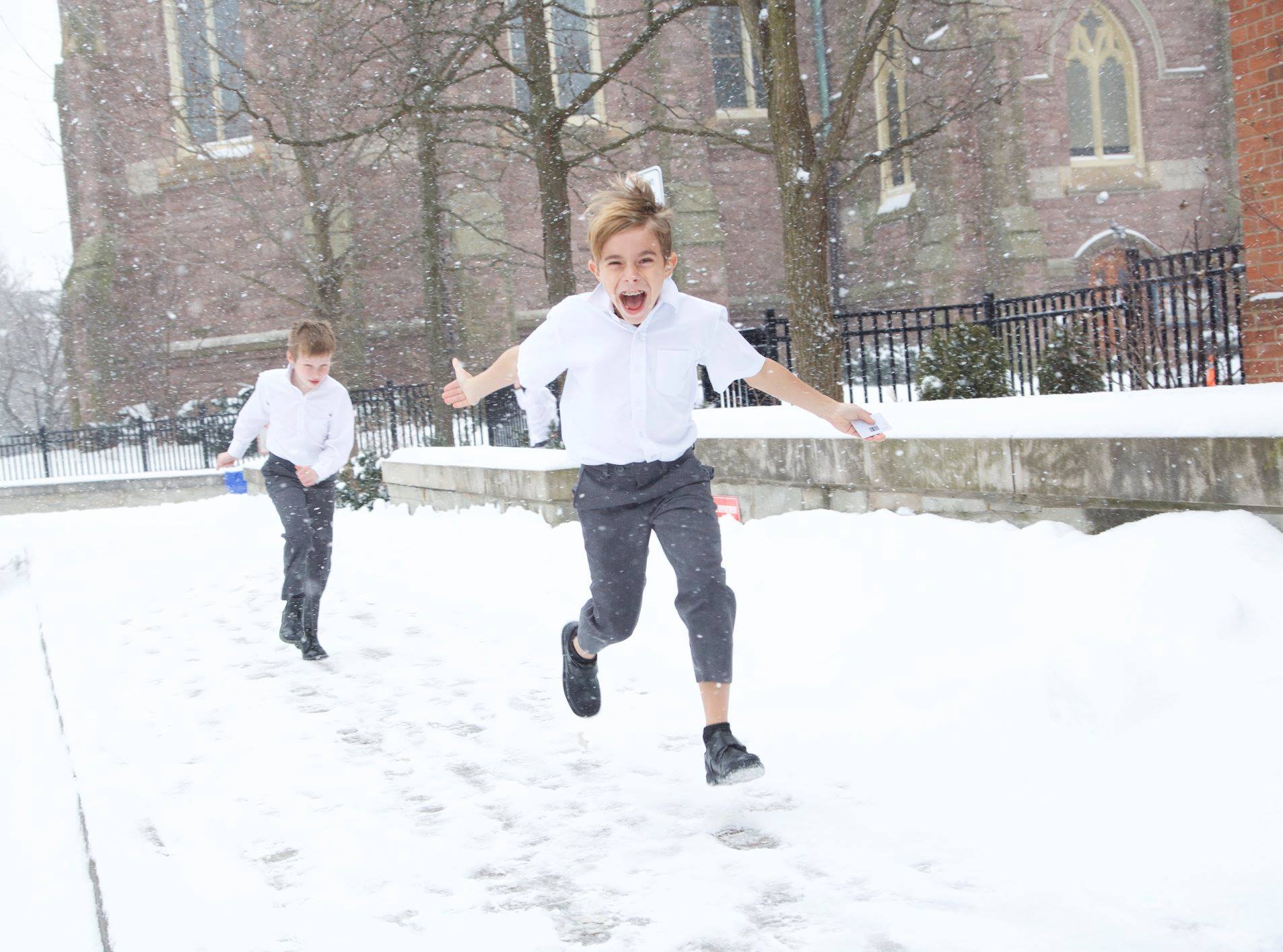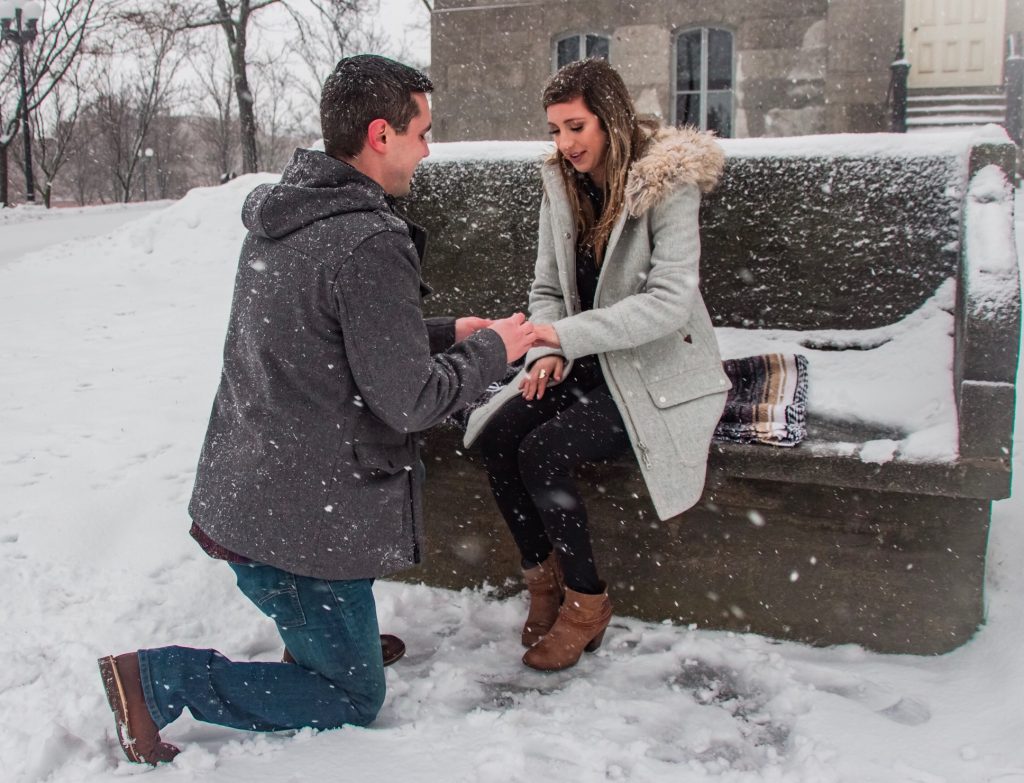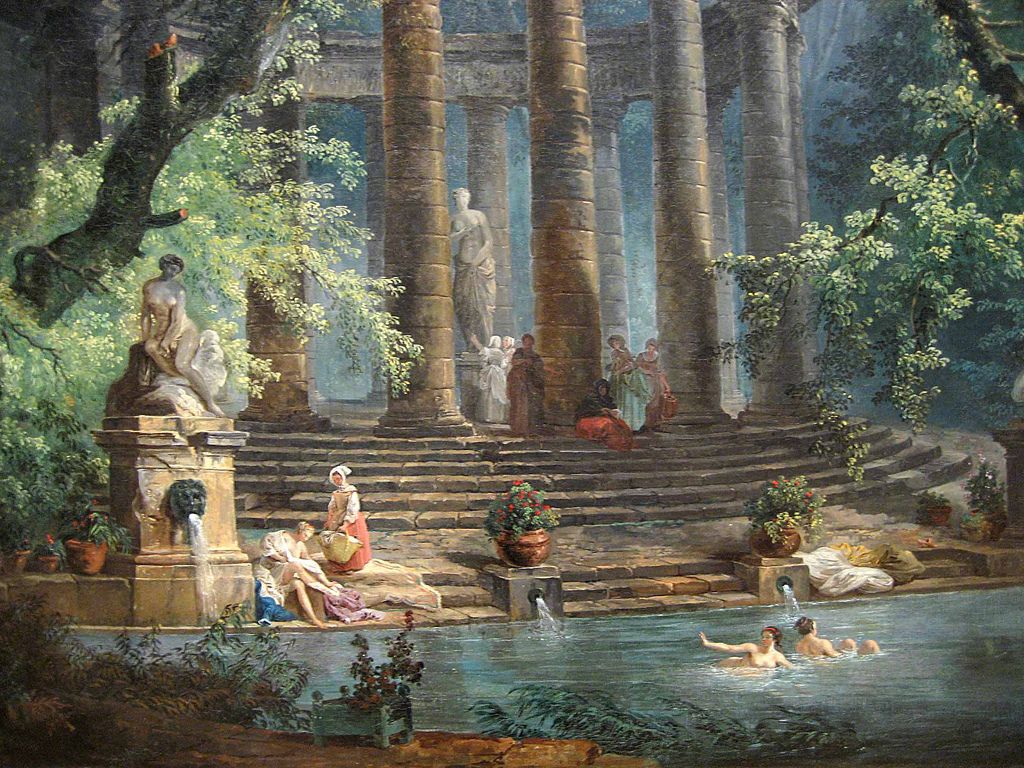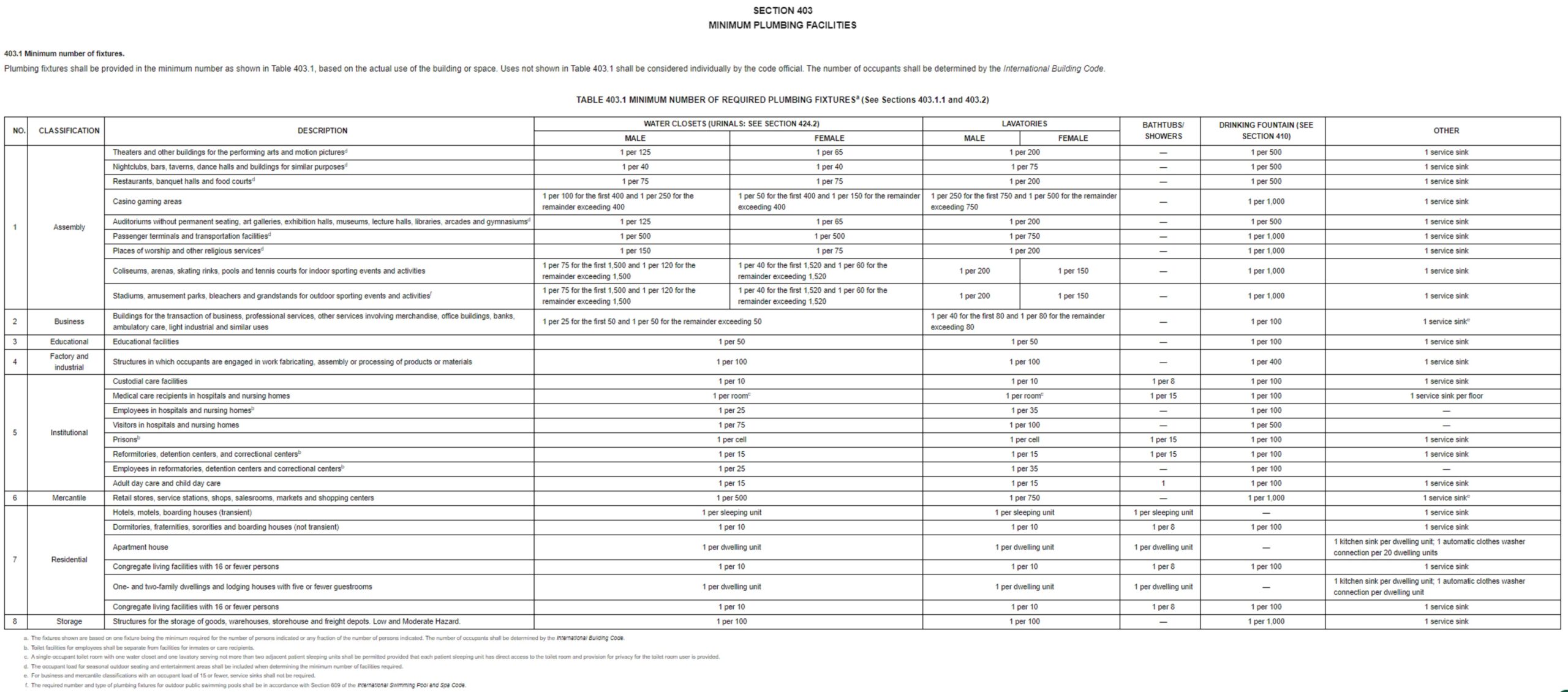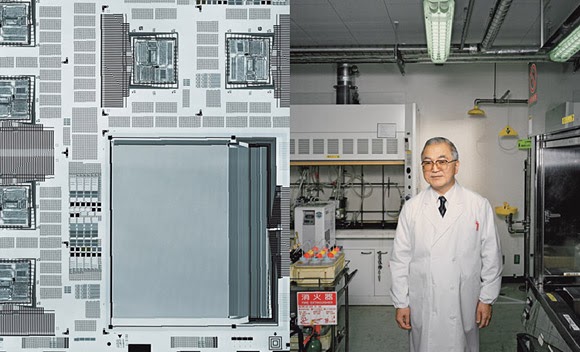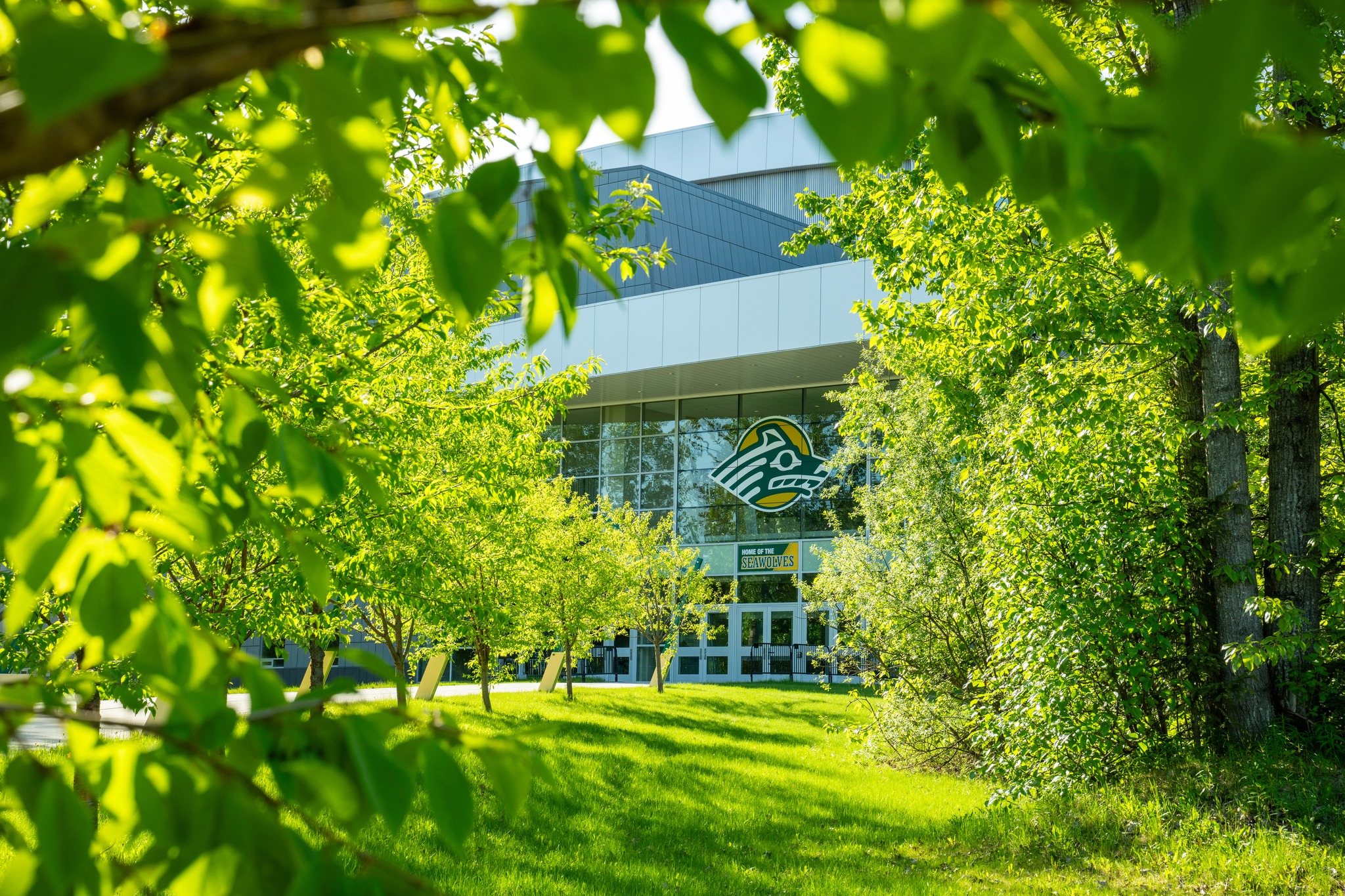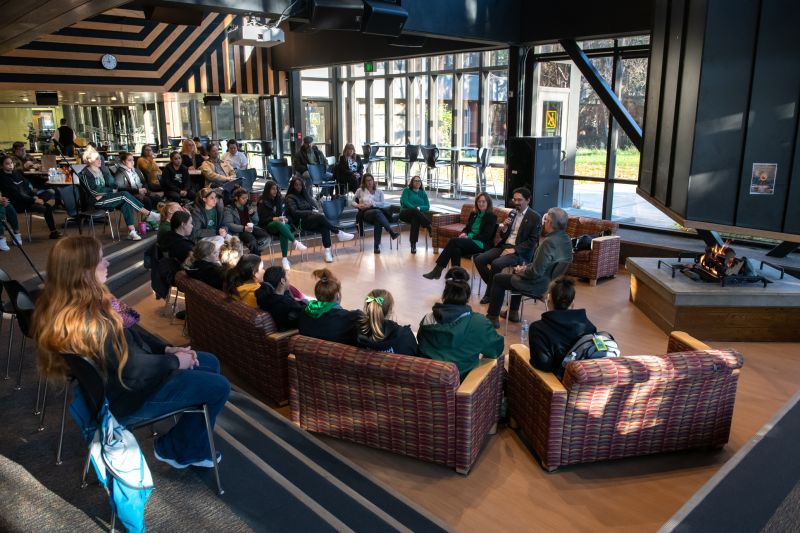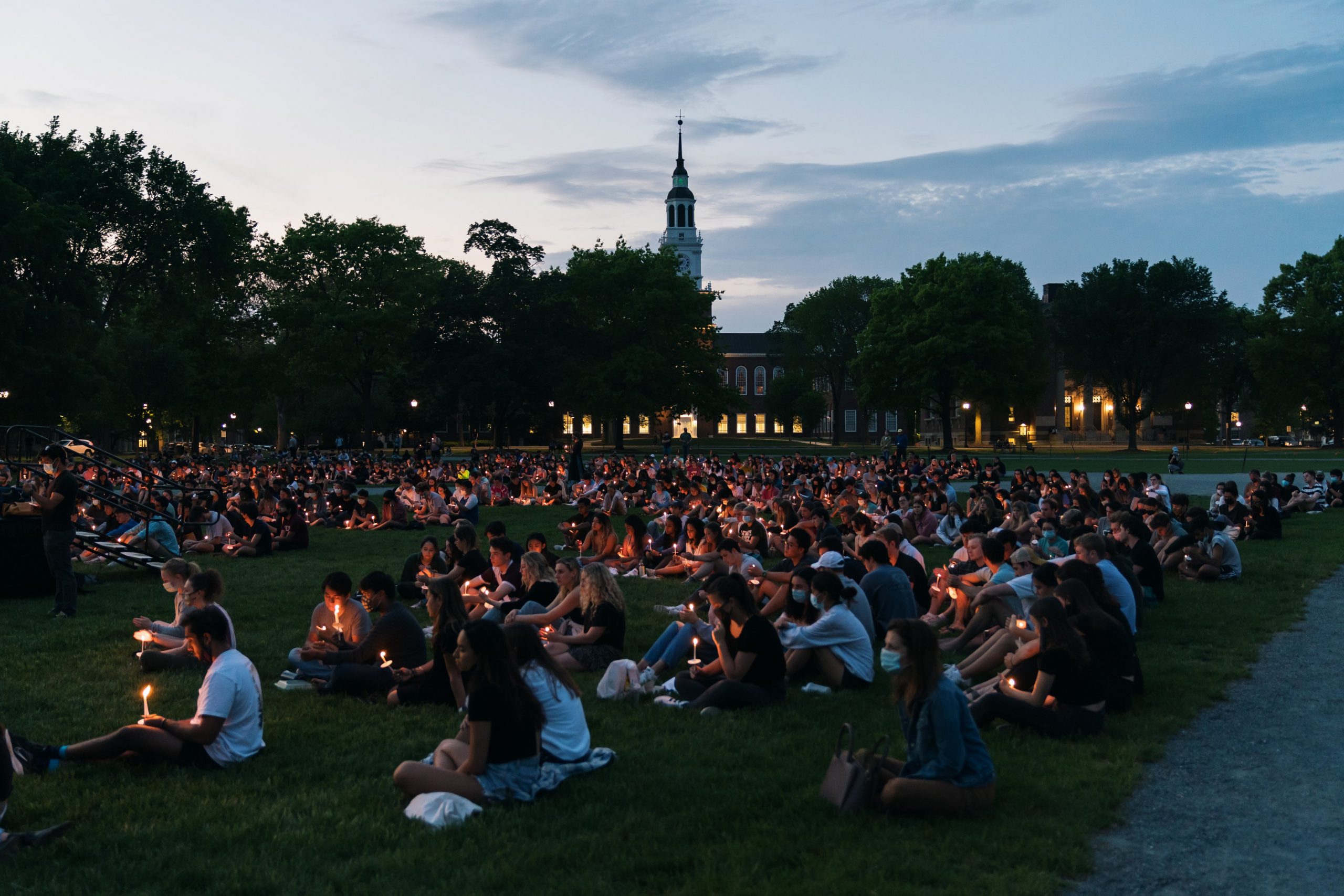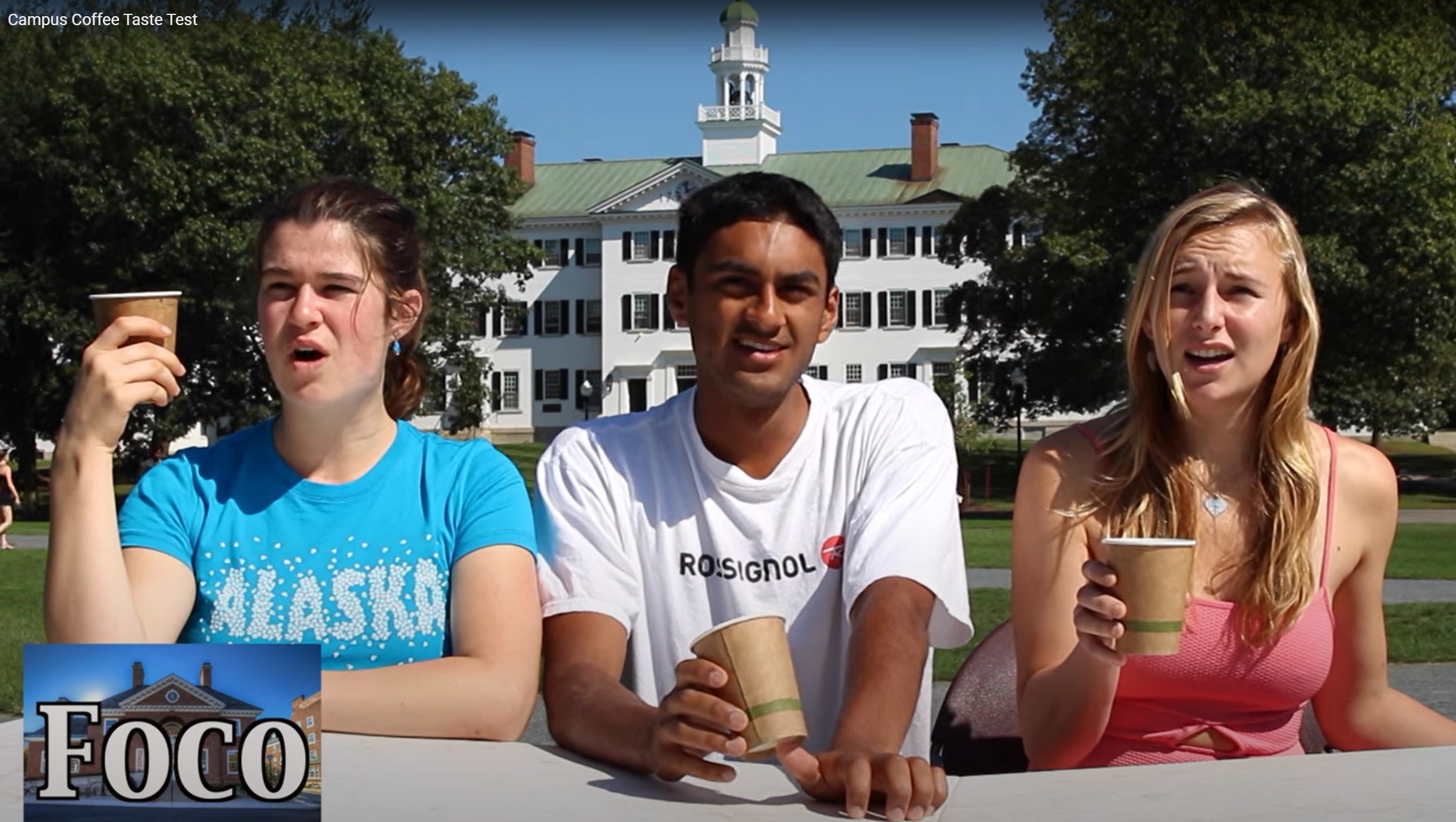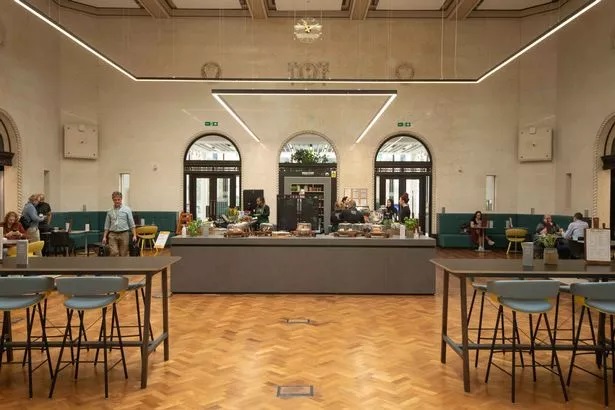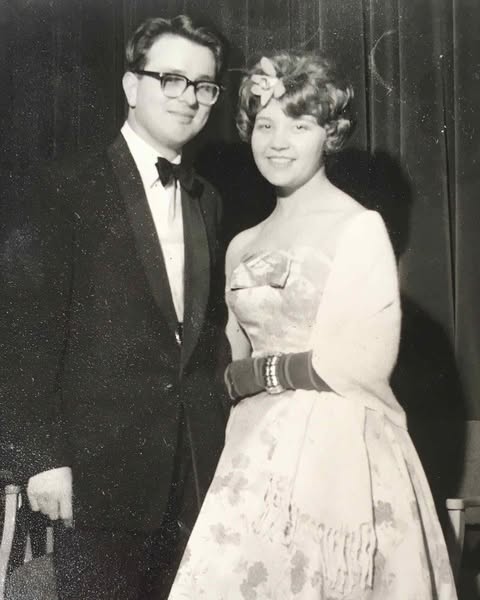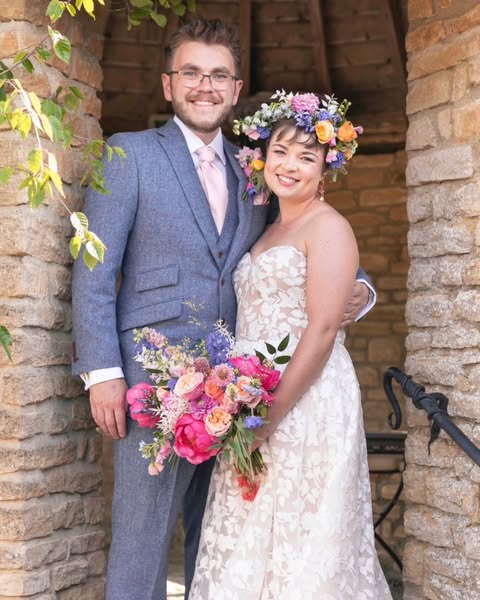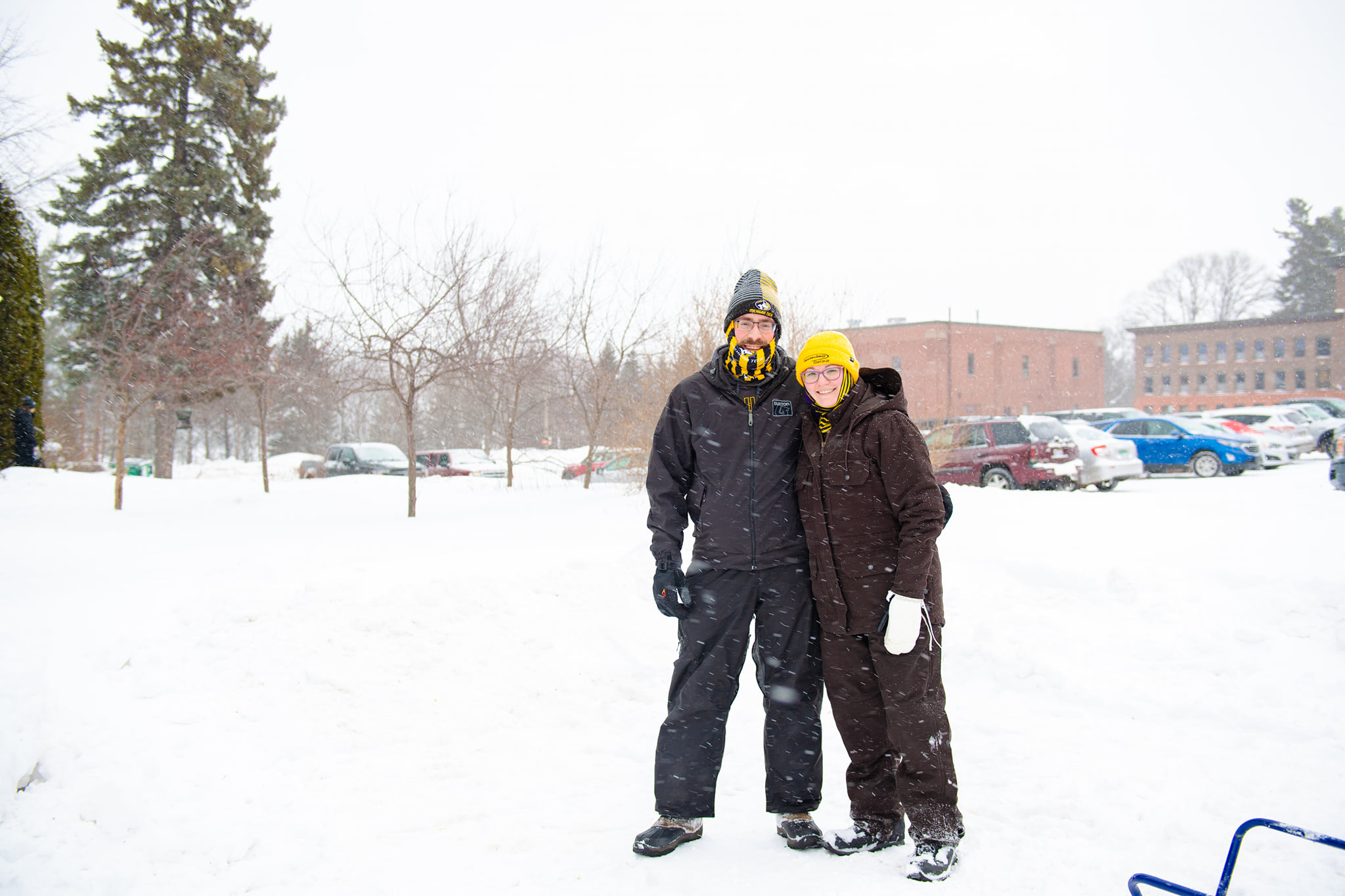“In a world of infinite information,
the scarce resource is attention.”
By design, we do not provide a SEARCH function. We are a niche practice in a subtle, time-sensitive domain with over 30 years of case history. We were the first movers in the largest building construction market in the world. We are happy to answer all questions but place priority on collaborations. We provide links to the most accessed topics in recent days. All queries presented during our “Open Office Hours” every work day, or via email, are gratefully received and prompt a near-immediate response.
Alexis de Tocqueville on the Foundations of American Democracy
Standard for Interactions Between Medical Examiner, Coroner and Death Investigation Agencies
Acceptable Performance Standard for District Cooling Systems
As part of its ongoing, exhaustive effort to continually promote campus safety, the University of Georgia announced today several additional measures, totaling more than $7.3 million, to further strengthen campus security on its Athens campus. https://t.co/bTg6b4DLUX
— UGA (@universityofga) February 27, 2024
@rmayMVS here ya go! From Kruger National Park South Africa #mvinterim #mvinterinterim2southafrica24 pic.twitter.com/QU0rUuGJgg
— Dr. Kelli Bynum (@kellimccbynum) March 3, 2024
Stacks of fun at @OrielOxford‘s annual #ShroveTuesday race 🥞#PancakeDay pic.twitter.com/nTXOpkR1zO
— University of Oxford (@UniofOxford) February 13, 2024
Electrical heat tracing: international harmonization-now and in the future
Electrical heat tracing: international harmonization-now and in the future
“It is a truth universally acknowledged, that a single man in possession
of a good fortune, must be in want of a wife.”
— Pride and Prejudice by Jane Austen




